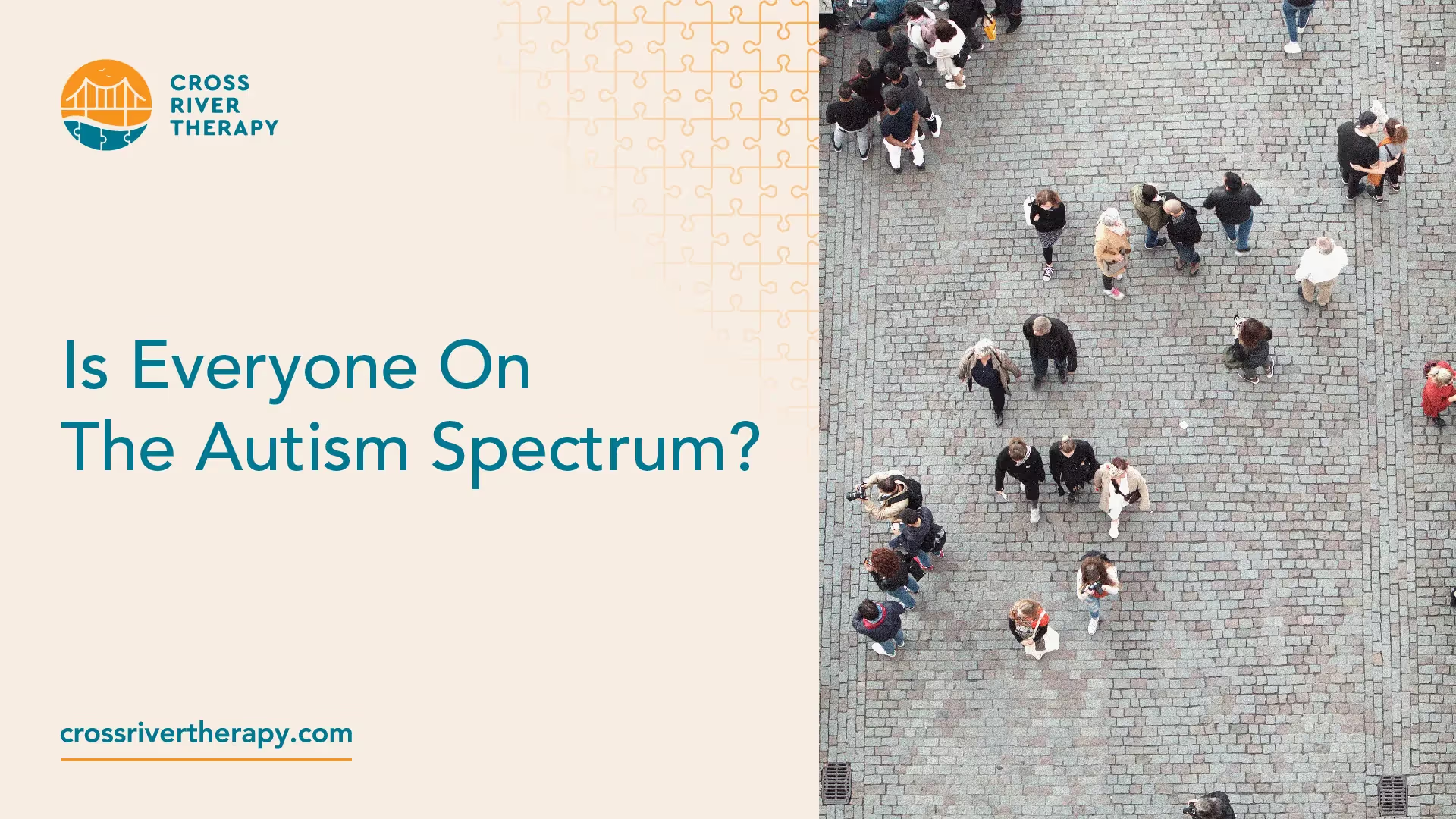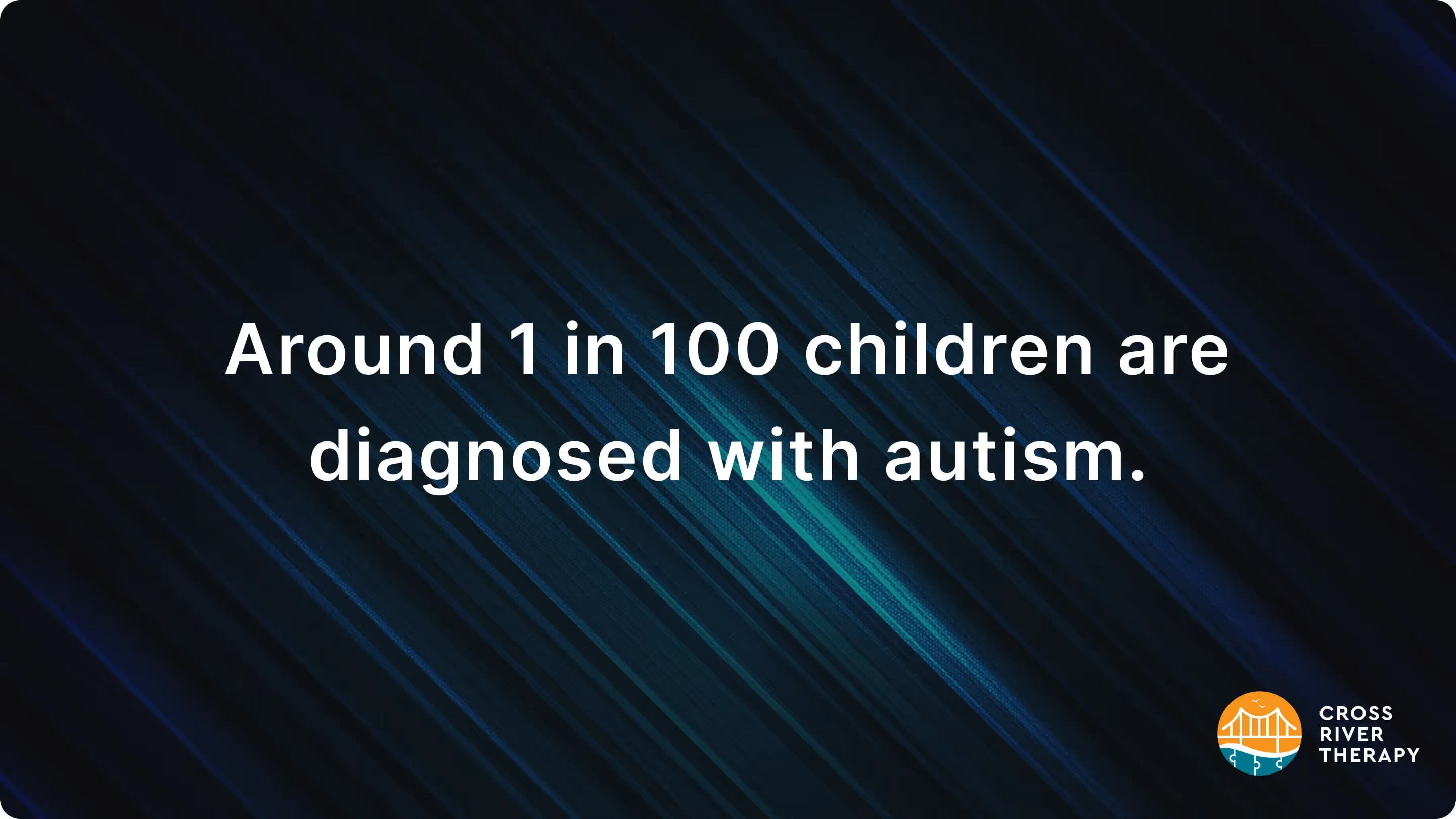Is Everyone On The Autism Spectrum?
Around 1 in 100 children are diagnosed with autism, and up to 30% of people may have at least one of the traits associated with the disorder.

Does Everyone Have Autism?
Around 1 in 100 children are diagnosed with autism, and up to 30% of people may have at least one of the traits associated with the disorder.

Not everyone has autism, but some of the symptoms might be common among families where autism is present in at least one person. Autism spectrum disorder is characterized by showing little to no interest in social abilities and social awareness.
Although many people are diagnosed at a young age, it's common to see adults receive a diagnosis later on in their life. Awareness of the disorder has increased exponentially over the years.
However, being disinterested in people, not talking much, or even self-harm don't always indicate autism. Two recent studies showed that traits commonly associated with autism are common among the general public. While one out of every 100 kids is diagnosed with ASD, approximately 30% of people exhibit one or more of the autistic symptoms.
The more symptoms of autism that are found result in a greater chance of having ADHD or suffering from drug abuse, anxiety, or depression.
The families of people with ASD typically exhibit behavior that's similar to people that have the disorder, but much milder. In the last ten years, professionals have begun describing autism as a behavioral continuum that lies on the fringes. It entertains the idea that milder symptoms can broaden out to more than one disorder.
Researchers have found that boys tend to have more issues communicating with others than girls. IQ may impact such traits in different ways between them both.
When a girl's IQ is higher, there are a smaller number of autistic symptoms present. But boys having an average IQ score are not as likely to display any autistic traits.Another study learned that behavioral patterns that are similar to autism have become increasingly difficult for children to overcome.
With both boys and girls, an identical level of problems regarding communication and social abilities later on in their childhood was exhibited during their preteen years. But after more time had passed, people became more stable.It's normal for a child to act up, be fussy, or even have tantrums. These tend to subside as they grow older, but slowly.
By 18, some traits characteristic of ASD may linger but fade away after a while. In many of the individuals with these symptoms, there might be present other disorders that have gone unchecked. People sometimes mistake things like anxiety, depression, and various psychological disorders for autism, when it's not a present issue for them.
Why Do So Many People Have Autism?
The primary reason for autism appearing in so many people stems from a higher awareness of the disorder. It can also cause stigmas and prejudice to develop among people, where any child that behaves oddly is incorrectly judged as having autism.
Autism can appear to increase among the populace since it's being diagnosed in milder forms by an increasing body of people. The rate of diagnoses has also gone up.
The term autism spectrum disorder is an umbrella with varied spectrums that exist primarily in children. Just recently, medical professionals and psychologists have only recently been checked for more consistently than in years past.
For a long time, the only children that were considered to be autistic were those with a classic case of autism, such as non-verbal behavior, dissociative patterns, and repetitive actions.
Such were the only cases diagnosed. After a while, kids with some language abilities but conspicuous problems involving socializing and the tendency to get sidetracked were increasingly noticed.
Right now, psychiatrists and physicians have widened the spectrum to people with ordinary language skills but exhibit problems during the study, have trouble making friends, and show intense interest in specific objects or circumstances.
Overall, more people know about autism, have limited knowledge of its primary symptoms, yet are more in tune with what to look for regarding varied behavioral disorders.
Autism itself hasn't increased in people and has always been present at the same rate that it was many years ago, but the barometer for what constitutes autism has lowered to include people with moderate indicators.
This is the way that autism diagnoses seemingly go up while the prevalence remains about the same. Furthermore, treatment for ASD is very new, and therapy is constantly progressing to be more beneficial. This may cause diagnoses to increase more in the future.



